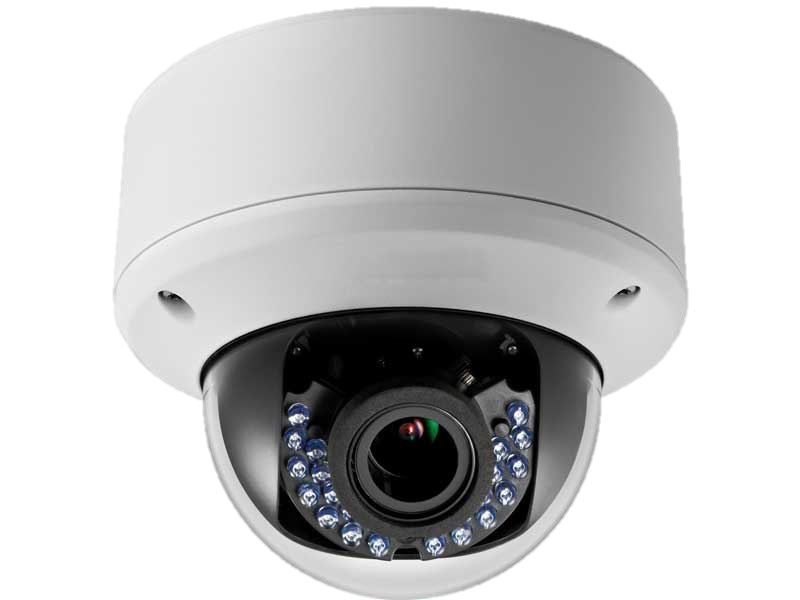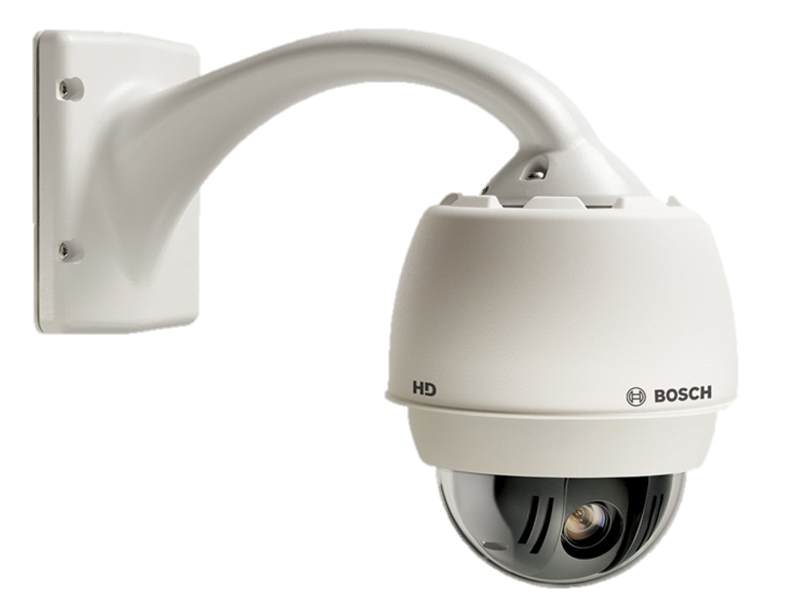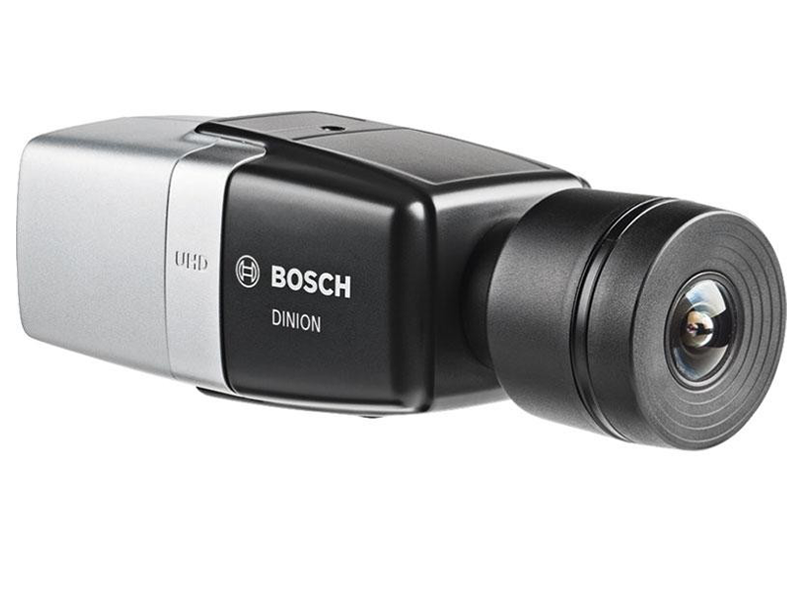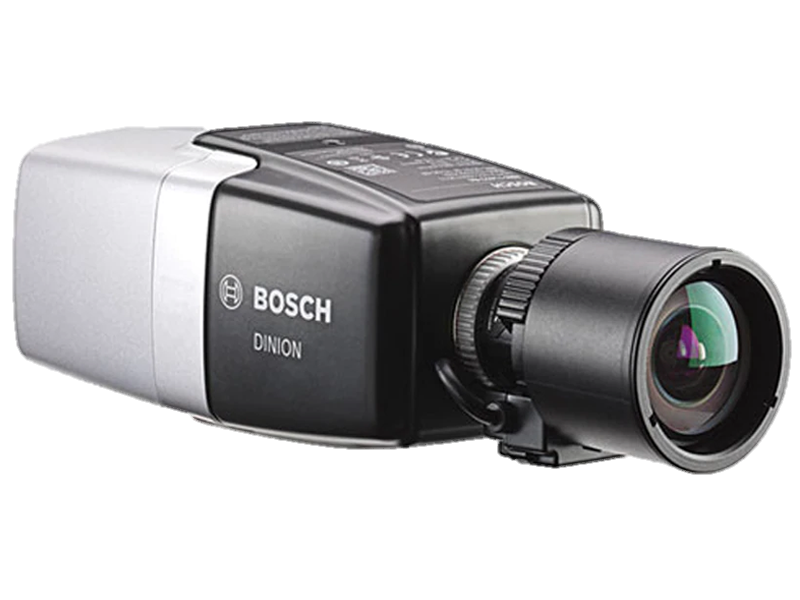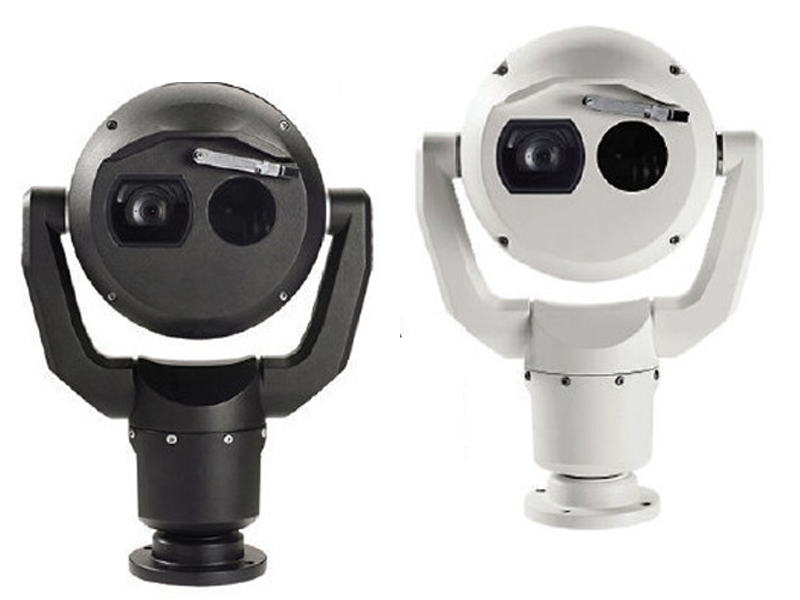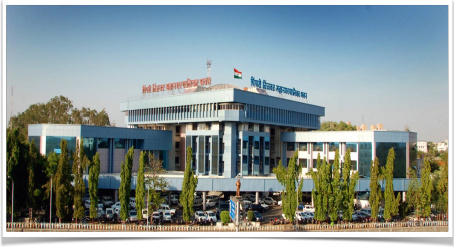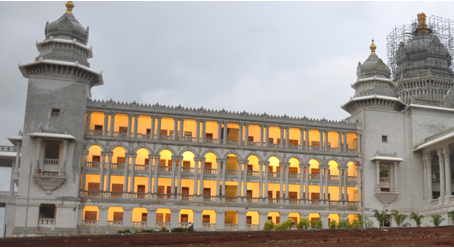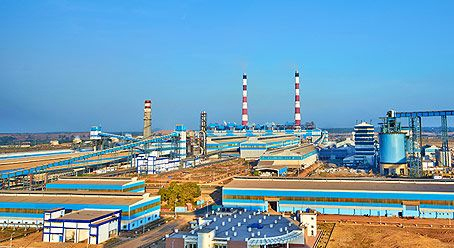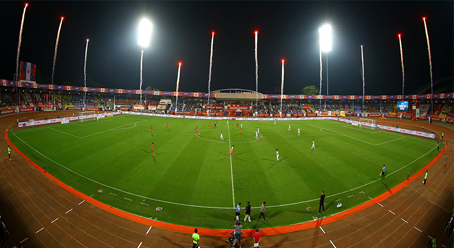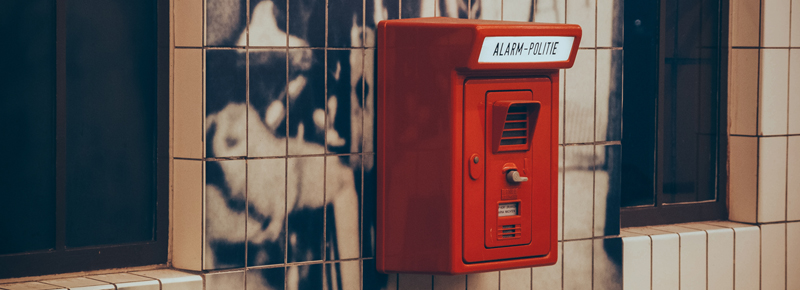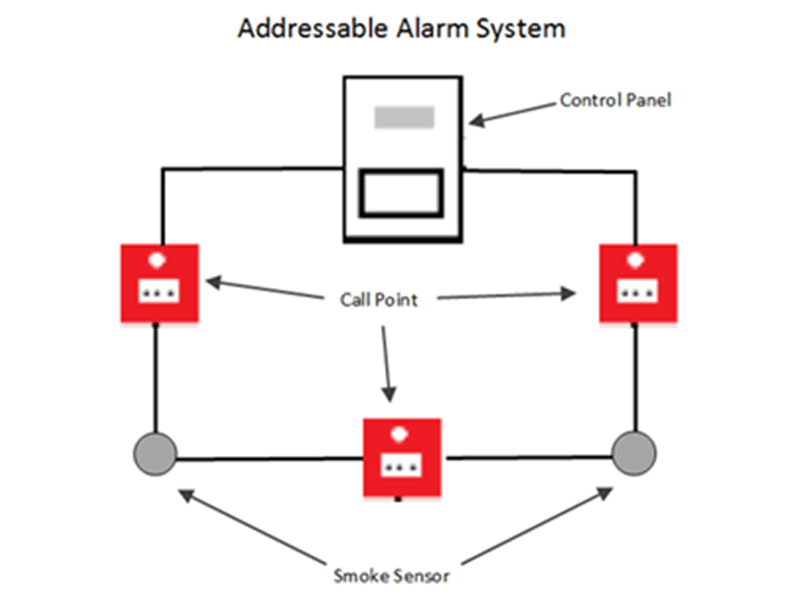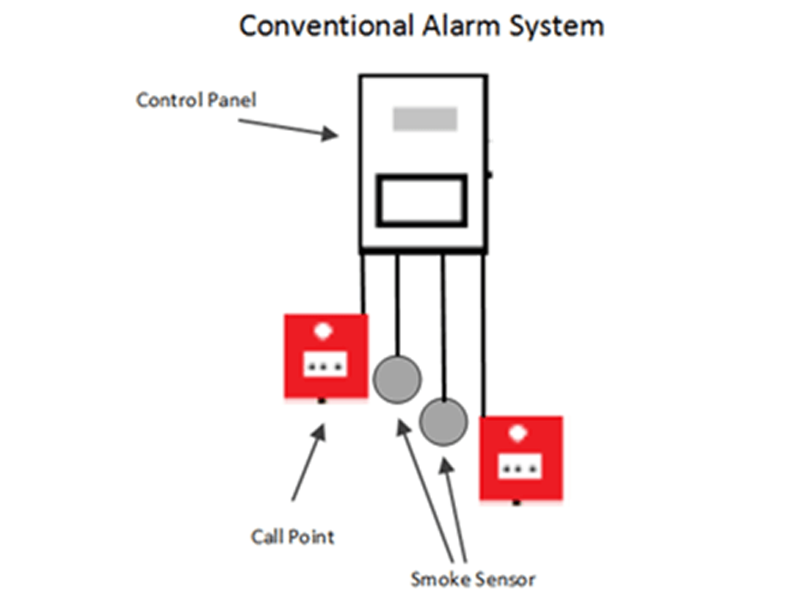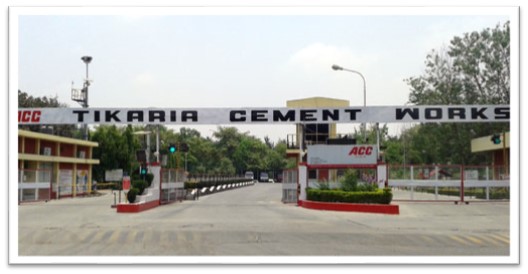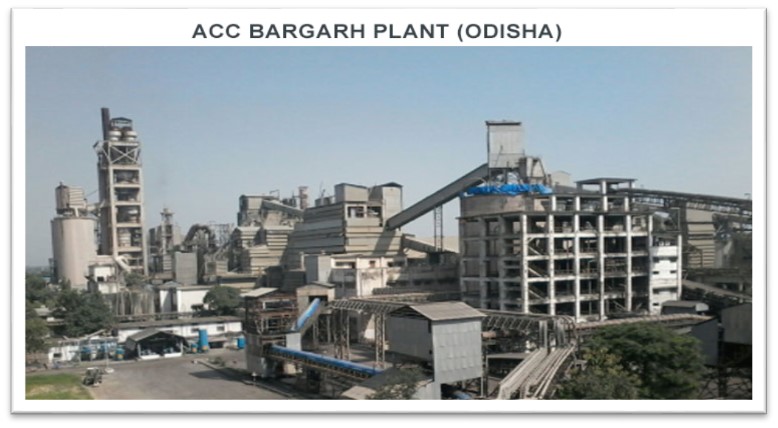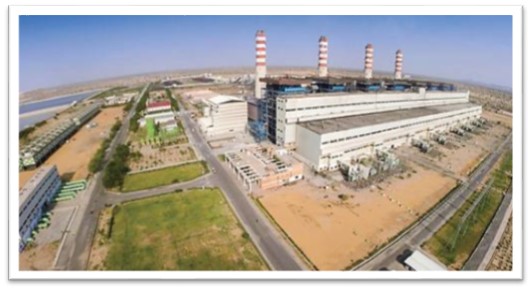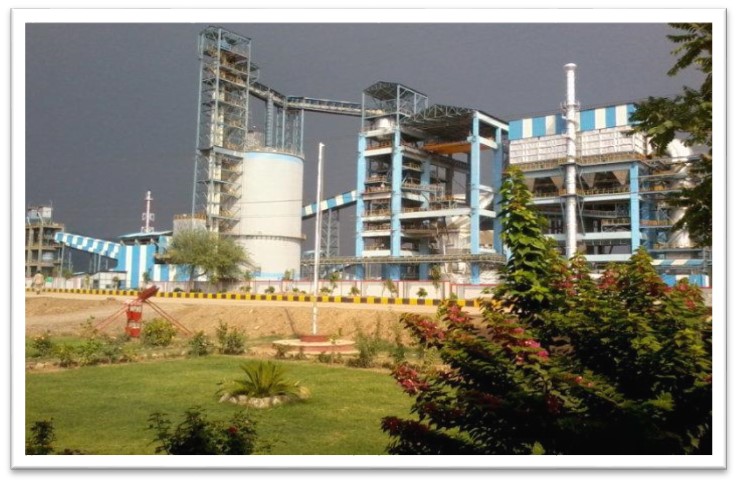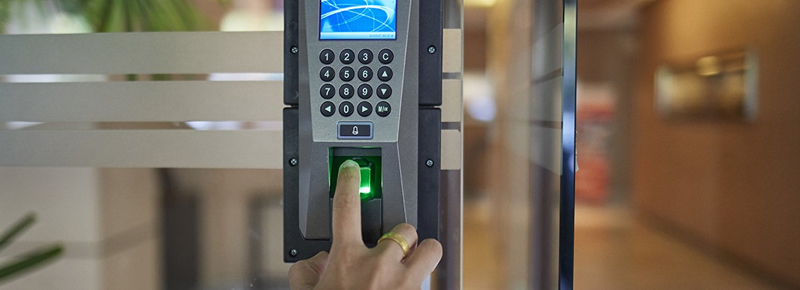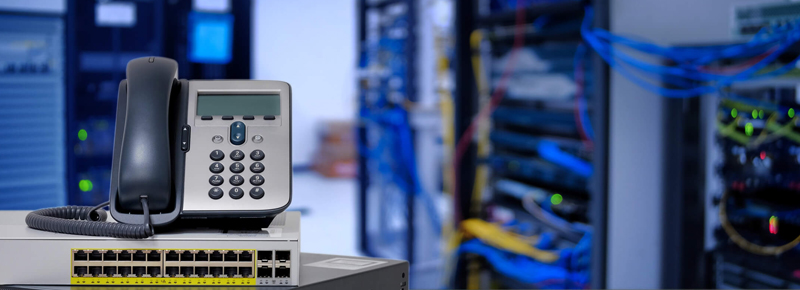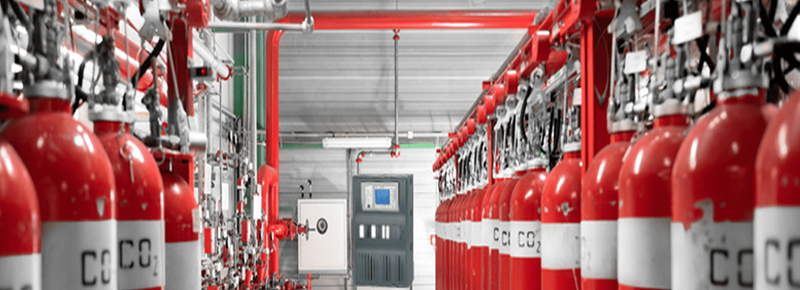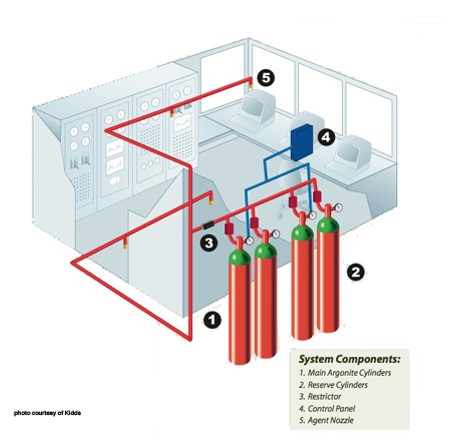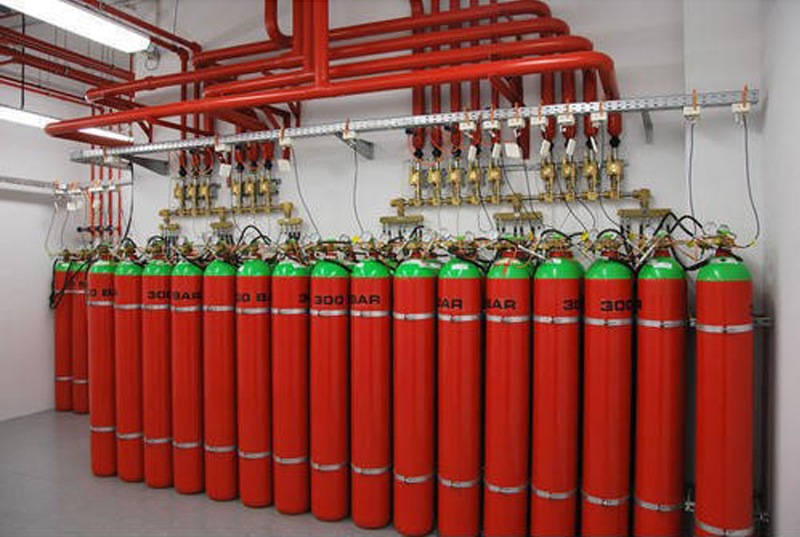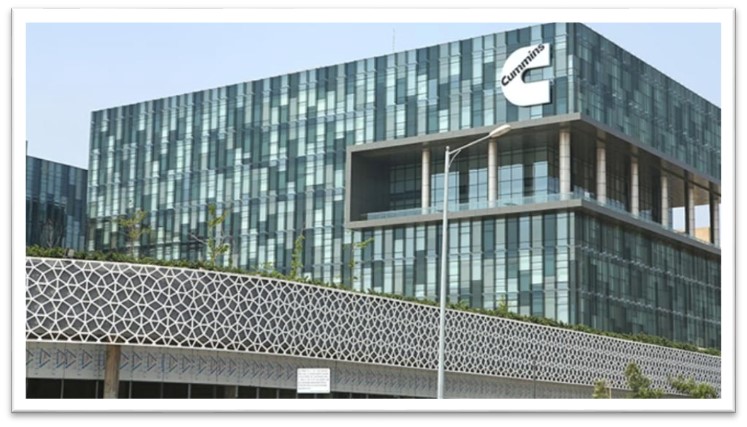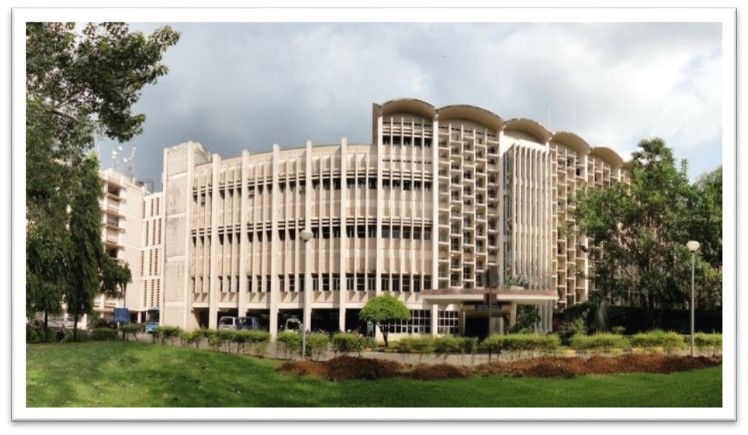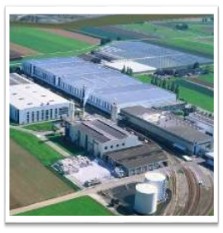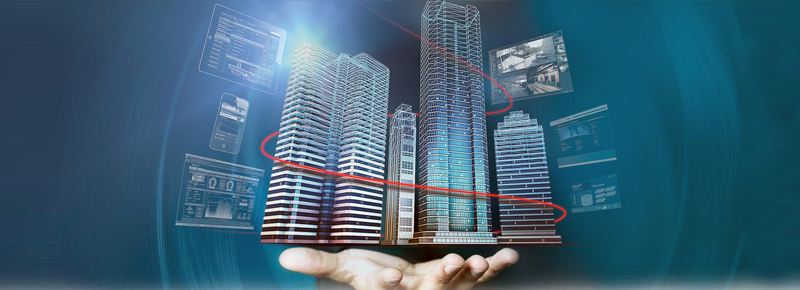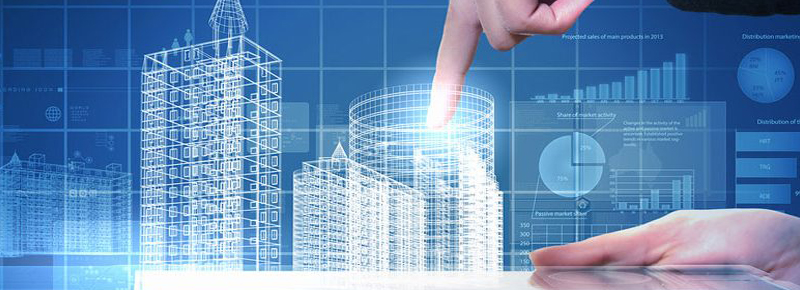We provide CCTV solutions for Commercial and industrial sectors. We had successfully installed security systems in different Government and Private sectors. We ensure that your property and assets are protected 24/7. Call us today to implement a customized security solution to protect your business. We give solutions for City Surveillance, Perimeter supervision, Road safety monitoring, Indoor-Outdoor safety solutions.Surveillance of the public using CCTV is common in many areas around the world. In recent years, the use of body worn video cameras has been introduced as a new form of surveillance, often used in law enforcement, with cameras located on a police officer’s chest or head. Video surveillance has generated significant debate about balancing its use with individual right to privacy even when in public.
In industrial plants, CCTV equipment may be used to observe parts of a process from a central control room, for example when the environment is not suitable for humans. CCTV systems may operate continuously or only as required to monitor a particular event. A more advanced form of CCTV provides recording for possibly many years, with a variety of quality and performance options and extra features (such as motion detection and email alerts). More recently, decentralized IP cameras, perhaps equipped with megapixel sensors, support recording directly to network-attached storage devices, or internal flash for completely stand-alone operation.


